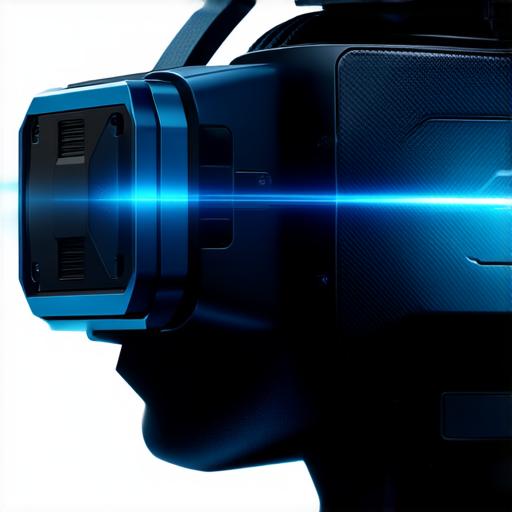Augmented reality (AR) is a technology that superimposes digital information onto the real world. It allows users to see and interact with virtual objects in their physical environment, creating an immersive experience that can be used for various purposes.
What is Augmented Reality?
AR refers to the process of adding digital elements to real-world environments. It uses sensors such as cameras, GPS, and accelerometers to track the user’s location and movements in the physical world, then overlays digital information onto that environment. This digital information can include 3D models, animations, sound effects, and other interactive elements.
Applications of Augmented Reality
AR has a wide range of applications across various industries, including gaming, education, healthcare, retail, and marketing. In gaming, AR allows users to interact with virtual objects in their real-world environment, creating an immersive gaming experience. In education, AR can be used to enhance learning by allowing students to visualize complex concepts in 3D models. In healthcare, AR can be used for surgical procedures, allowing doctors to visualize the patient’s anatomy in a more detailed and accurate way. In retail, AR can be used to allow customers to see how furniture or clothing would look in their home before making a purchase. In marketing, AR can be used to create interactive ads that engage customers and provide additional information about products.
How Augmented Reality Works
AR works by using sensors such as cameras, GPS, and accelerometers to track the user’s location and movements in the physical world. This data is then processed by a computer or smartphone, which uses algorithms to overlay digital information onto the real-world environment. The digital information can include 3D models, animations, sound effects, and other interactive elements that are synchronized with the user’s movements and location.
Conclusion

Augmented reality is a powerful technology that has numerous applications across various industries. It allows users to interact with virtual objects in their real-world environment, creating an immersive experience that can enhance learning, improve healthcare outcomes, and increase engagement in marketing campaigns. As AR technology continues to evolve, we can expect to see even more innovative uses for this technology in the future.
